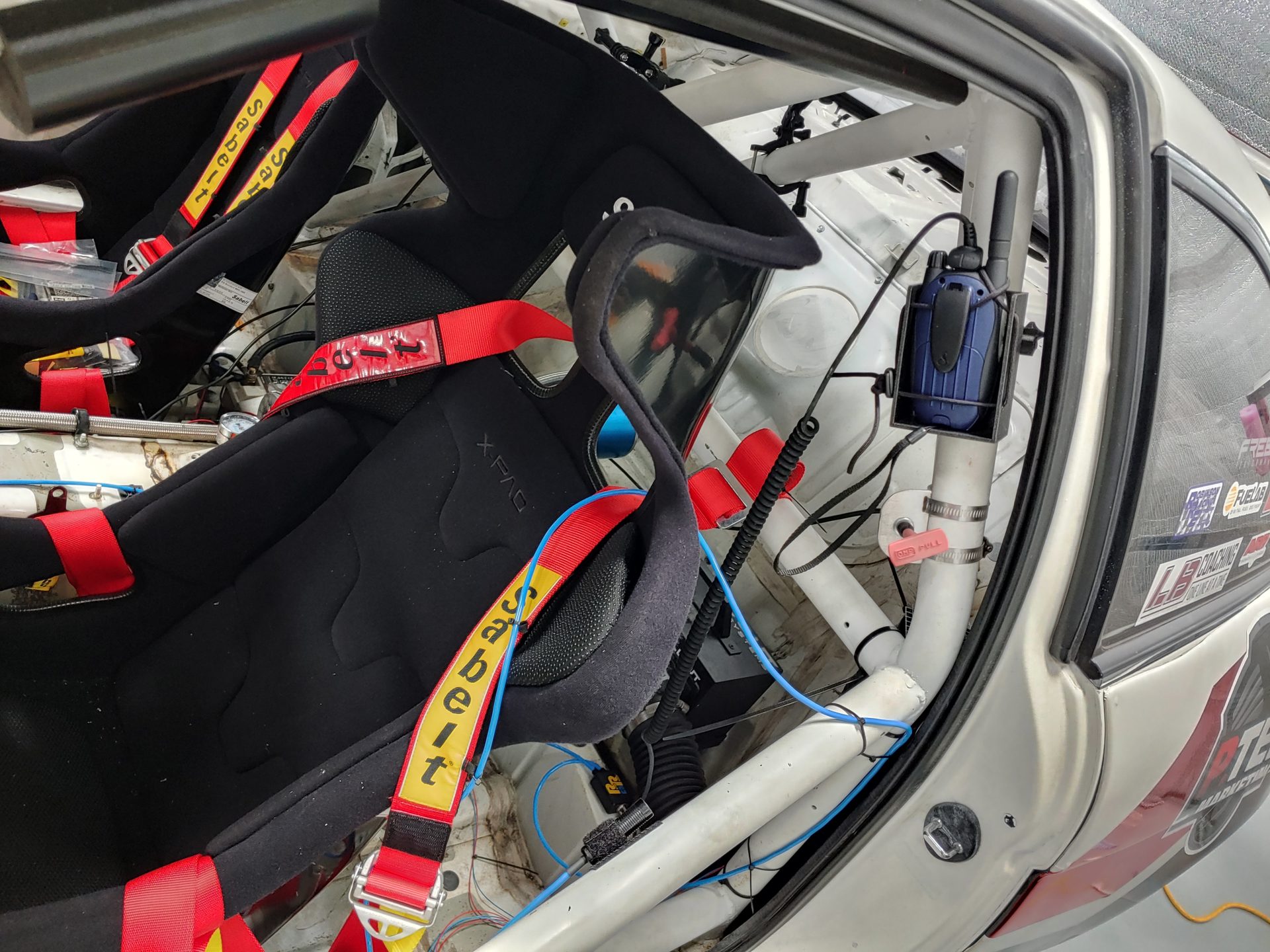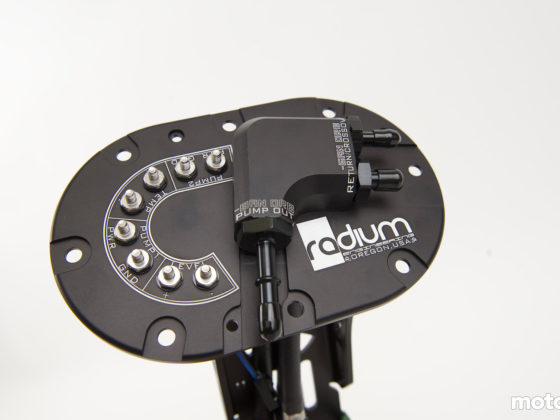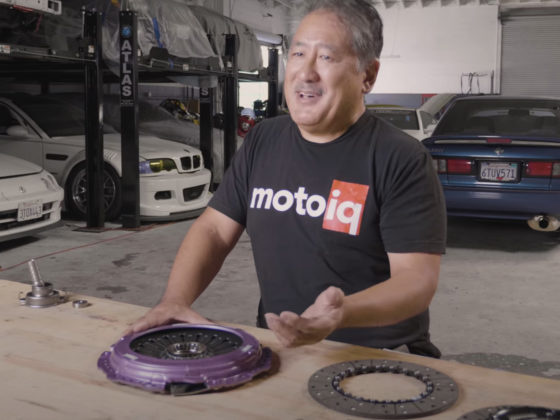
Life has gotten complicated, and, unfortunately, that has meant that Project SC300 has been sitting around for nearly a year. I reached a point, though, where I couldn’t take it anymore. So I threw caution to the wind and decided to attend the jZilla Escape the Pumpkin Spice Latte event at Virginia International Raceway. VIR is an absolutely stunning track. It’s in a picturesque setting, there is lodging on-site, the food at the pagoda is actually reasonably priced and tasty… there’s a lot to like! Oh, and the track layout is absolutely awesome, too! It’s one of the top tracks in the country.
I have some friends that are not far from the track, and one of them decided to self-induce suffering by helping me out for the day. Since I had a radio button on my steering wheel, and some old FRS/GMRS radios laying around, I figured I’d install a radio kit and see how it worked as I’d have someone at the other end of the radio to listen. I also didn’t like how much of the halo from the Sabelt seats was in the camera frame, so I decided to also change my camera mounting setup.
Radio first!

My steering wheel was (supposed to be) wired so that the steering wheel button would connect the two sides of the switch together. I had an existing set of cords and headsets and radios from way back in the day when we used to run the DGTrials drifting events.
I called my friend Chad at Racing Radios, sent him some pictures of what I had, told him how my car was set up, and he sent me a quote for this radio kit. Racing Radios is not far from me, being down by the Atlanta airport. I had recently visited there to have my helmet microphone kit installed since the old radio kit in the previous helmet (from before I upgraded to my Arai) was trashy.
If you don’t already have a steering wheel button, Racing Radios offers numerous PTT button solutions. They also sell everything you need for communications, from complete radio kits to accessories and more.
I will definitely upgrade to “real” radios in the near future, but I can use this radio kit with anything I might get later.

The radio kit is pretty self-explanatory. Since I told them that my button connects the two sides together, I could simulate that by touching the two wires together. The helmet kit uses a standard headphone jack, so I plugged in some headphones. I hooked up the special cord that goes with my old radio and gave everything a test. Unsurprisingly, it all worked. Although it’s kind of hard to test all of this by yourself.

The cylindrical 5-pin connector is a standard in communications. The other end needs to be the right type for your radio. In my case, I had some ancient Cobra radios and I already had the cable to go with them. That was lucky because the radios are so old (and so crappy) that Racing Radios doesn’t carry the right connector for them.



